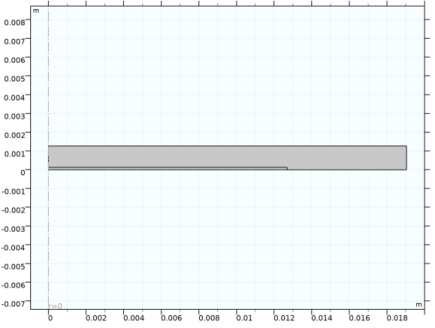
|
|
4.4·105 V/m
|
||
|
3.6·106 m/F
|
||
|
1.9·106 V/m
|

|
1
|
|
2
|
|
3
|
Click Add.
|
|
4
|
Click
|
|
5
|
|
6
|
Click
|
|
1
|
|
2
|
|
1
|
|
2
|
|
1
|
|
2
|
|
3
|
|
4
|
|
1
|
|
2
|
|
3
|
|
4
|
|
5
|
|
1
|
In the Model Builder window, under Component 1 (comp1) right-click Electrostatics (es) and choose Charge Conservation.
|
|
2
|
In the Settings window for Charge Conservation, type Charge Conservation: PZT5A in the Label text field.
|
|
4
|
|
5
|
|
6
|
Locate the Ferroelectric Material Properties section. Select the Hysteresis Jiles-Atherton model check box.
|
|
1
|
|
1
|
|
3
|
|
4
|
|
1
|
|
2
|
In the tree, select Built-in>Air.
|
|
3
|
|
1
|
|
1
|
|
2
|
|
4
|
|
1
|
|
2
|
|
3
|
|
1
|
|
2
|
|
3
|
|
1
|
|
3
|
|
4
|
|
5
|
|
6
|
|
7
|
|
8
|
|
1
|
|
2
|
|
1
|
|
2
|
|
3
|
|
4
|
Click
|
|
1
|
|
2
|
|
3
|
Click
|
|
5
|
|
1
|
|
2
|
|
3
|
|
1
|
|
2
|
|
3
|
|
4
|
|
5
|
|
6
|
|
7
|
|
1
|
|
3
|
|
4
|
|
5
|
|
6
|
|
7
|
|
8
|
|
9
|
|
10
|